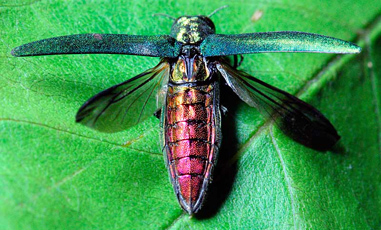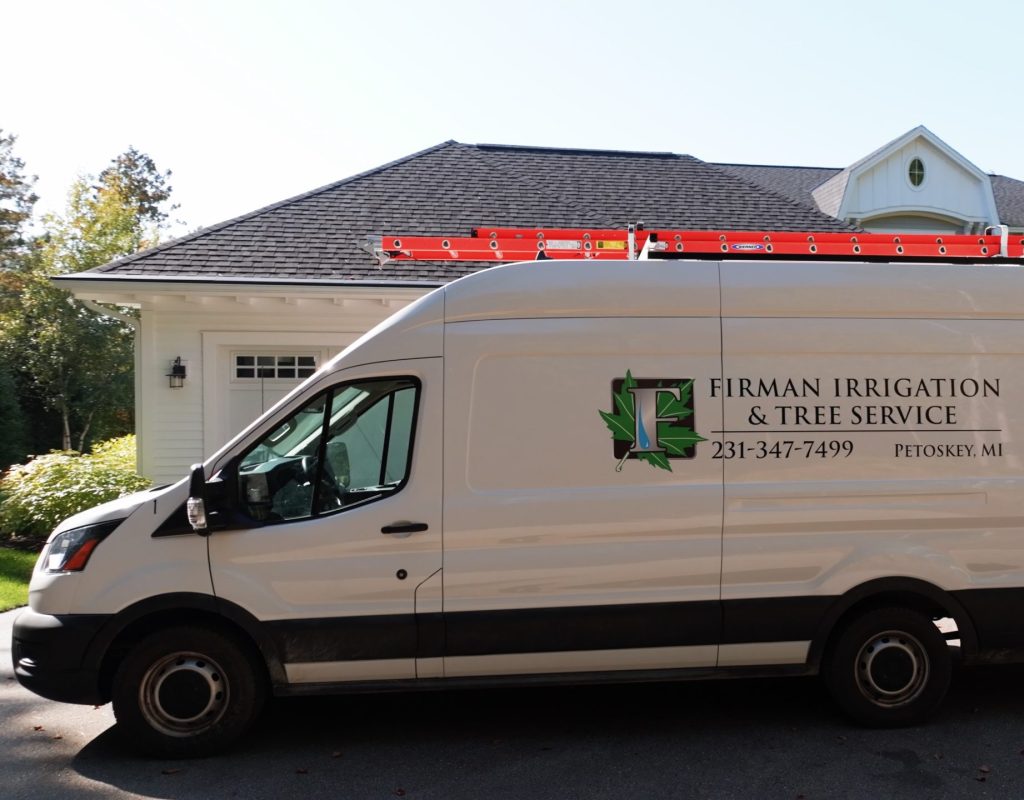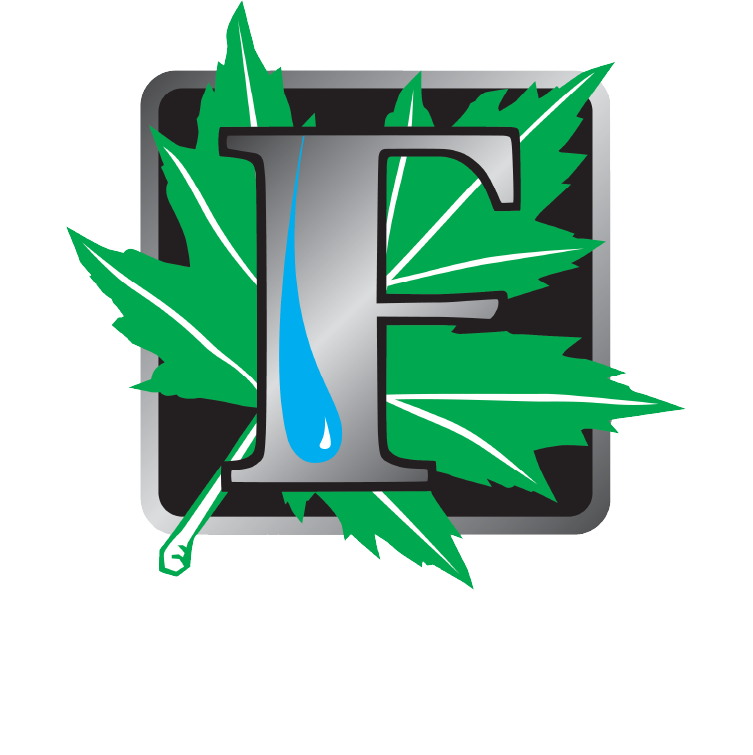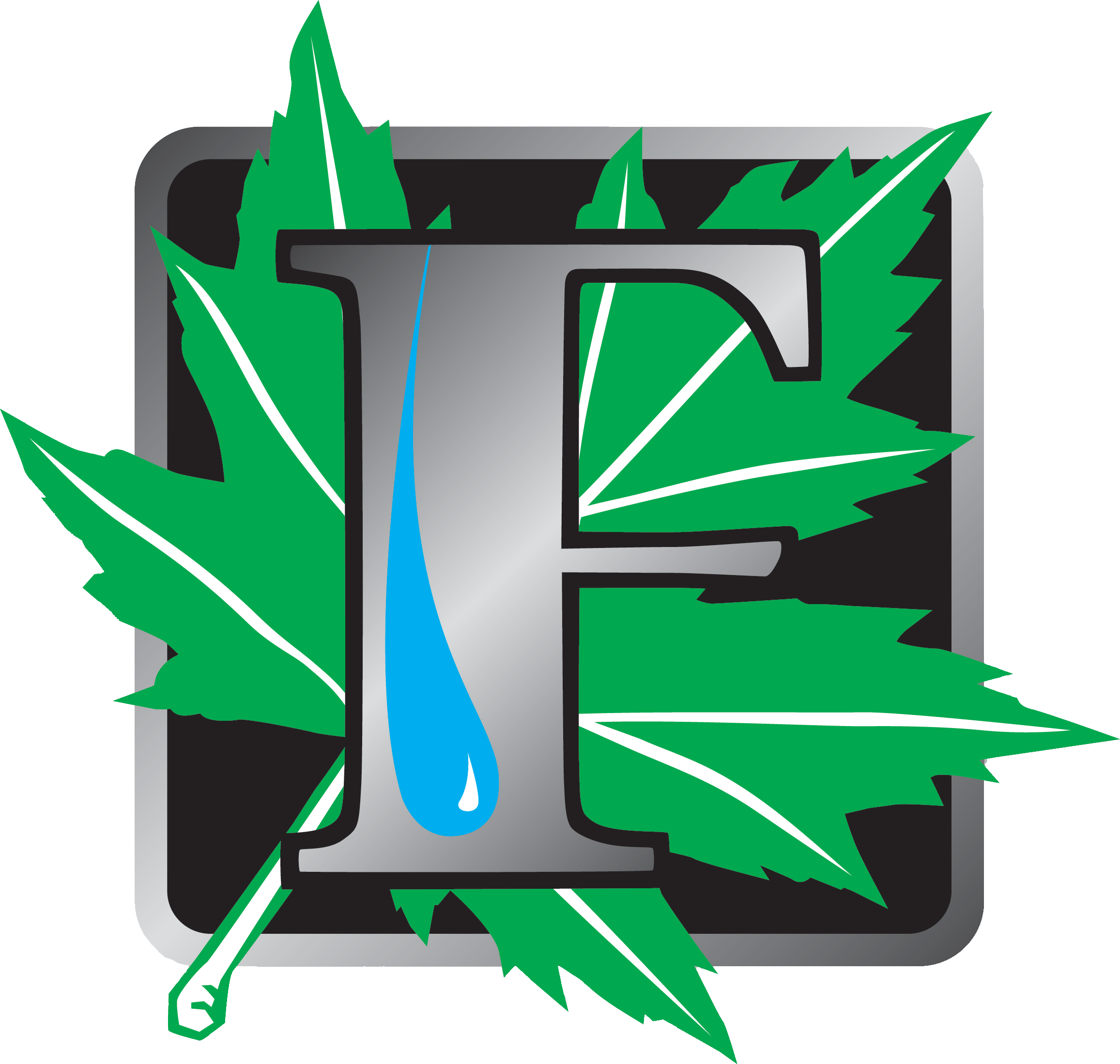Expert services
Plant Health Care
Year-Round Care
Tree Care
Take A Look At Our
Specialized Tools
- Just like human medicine, plant health care benefits from advanced delivery methods. The Arborjet system allows our specialists to treat pests, diseases, and nutrient deficiencies extremely effectively.
- This delivery method limits environmental exposure and allows us to use less of the treatment with greater effect.
- Direct trunk injection is an eco-friendly and cost-effective option that uses a sealed tool that is quickly distributed through the tree’s vascular system – just like if you receive intravenous medication.
Learn more about
How we use AirSpade
- Our trained experts use this revolutionary compressed air tool to solve a variety of plant health care concerns. Forced air safely digs without damaging roots.
- It allows us to perform root zone soil management, soil replacement, and perform corrections to root structure as in the case of girdled roots.
- This isn’t a tool you just go and rent. Specialized knowledge about field moisture levels, safety protocols, and evaluation of tree health is a prerequisite to use on any site
We offer
Pests & Diseases Services
Firman Irrigation’s plant health care service performs regular and timely inspections with a highly-trained staff. By monitoring for all pathogens (pests, bacterial, and fungal), we are able to catch most conditions extremely quickly – which leads to a proper diagnosis and the best possible outcomes. Certified arborists on staff can get to the bottom of even the toughest cases – including those not caused by pathogens.
The following pathogens are a few of the most common that we see and actively look for. The key to positive plant outcomes is early detection, which is why our plant health care services include regular inspections. Sometimes early detection is complicated by secondary infections, environmental stresses, or overlapping symptoms.
Beech bark disease is a fungal infection spread by a scale insect. At least two fungal species cause Beech Bark Disease. Introduced via European nursery stock in the late 1800s. It was first detected in Michigan in the year 2000, and the condition is indicated by a fuzzy white coating on the tree’s bark and branches.
Secondary infections result because the blight attracts aphids that excrete honeydew. This honeydew attracts a sooty mold fungus – which does not harm the tree. Beech Bark Disease can be treated with injections in the late summer with good prognosis.
At risk: Beech species
Status: Established in Michigan – particularly eastern U.P., and northern lower
For additional information on Beech Bark Disease, consult resources at the Michigan State University Extension.
Discovered in Michigan in May 2002, this devastating insect likely arrived half a decade prior. Initial symptoms include yellowing and thinning of leaves. As is common with other borers, branches at the top begin to dieback first, progressing downward. D-shaped holes about 1/8″ in diameter are another sign.
The most destructive part of this insect’s life cycle is when the larvae hatch and burrow back and forth under the bark. Ash trees may die within two to three years after they become infested.
We can treat this threat anytime throughout the growing season with trunk injections over a two-year course. The canopy of the affected tree needs to be two-thirds foliated or better for the injections to work.
At risk: Hemlocks
Status: Established in Michigan’s Lower Peninsula


First reported in the eastern US in 1951, this devastating insect has been located along the Lake Michigan shoreline. Native to Asia, these small aphid-like insects decimate the popular and vital hemlock species. These insects feed by sucking sap from the twigs at the base of a hemlock’s needles. Since every HWA is a female with asexual reproduction, populations can grow very quickly.
Trees can survive four or five years of infestation before mortality but left untreated results in a mortality of 95% of hemlock populations.
Identification is key to this pest. First, some observers mistake a fir, pine, or spruce as hemlock. Second, Elongated Hemlock Scale is sometimes mistaken for HWA though it can be differentiated by the fact that HWA is located at the base of the needles while the scale feeds on the needle surface itself.
At risk: Ash trees
Status: Watch List – Detected in Michigan
As always, the MSU Extension offers more resources on hemlock woolly adelgid and other pests too.
Like Dutch Elm Disease, Oak Wilt is caused by a vascular wilt fungus that is transmitted by insects and root grafts to nearby trees. Death is typical within several months. Symptoms first appear at the leaf tips, moving toward the base of the leaves. Leaves may appear wilted or discolored, and symptoms are often misdiagnosed as other conditions.
Pruning or otherwise injuring oaks from April 15 to Nov 15 (varies depending on the weather) makes healthy oaks susceptible to infection from diseased trees. Don’t prune oaks if the temperatures are going to be above 45 degrees no matter what time of year.
Among the many reasons we don’t use climbing spikes, the spread of oak wilt is among them. Once a tree is infected, it becomes systemic for the whole tree – hence the spread via root grafts to nearby trees.
At risk: Primarily red oaks (northern red, black oak, and pin oak). Red oaks often die within a few weeks – white oaks are more resistant.
Status: Primarily red oaks (northern red, black oak, and pin oak). Red oaks often die within a few weeks – white oaks are more resistant.
Needle cast is caused by a fungal infection that can occur from April through October, though generally most common in the early spring. It can be confused with natural needle drop, certain mite or scale damages, and various environmental causes including “winter burn.”
Spring infection usually affects last year’s needles, not the new growth. Further complicating the diagnosis is a predisposition to secondary infections. Needles on lower branches are most commonly affected because they remain damp the longest. Both the lack of evaporating sun and adequate airflow can increase the risk of fungal infection.
Needles will become yellow, and then purplish-brown before casting (falling off). The infected needles are identified by fruiting bodies of the fungus protruding from the stomata of the needles (the holes in the needle designed for gas exchange).
At risk: Conifers, primarily spruce; Colorado blue spruce is most susceptible as are similar species such as Black Hills.
Status: Established in Michigan
Weevils have a two-year lifecycle to reach adulthood. As adults, they continue to feed and reproduce for an additional two years – sometimes resulting in three generations of weevils attacking the same tree.
Damage is caused primarily by larvae feeding below ground level, secondarily by adults – which feed on the bark of live trees. Among the more notable symptoms: fully-girdled trees will fade entirely from green to yellow to red.
At risk: Pines – especially Scots, red, jack, Austrian, and eastern white.
Status: Established in Michigan
Additional recommended reading on the Pine Root Collar Weevil is available from the MSU Extension.
Pine wilt starts in individual twigs and branches, turning needles grayish-green, then brown. Caused by Pine Wilt Nematode (Bursaphelenchus xylophilus), this microscopic worm-like organism is transferred by the Pine Sawyer Beetle. When concentrations of the nematode increase, the vascular system of the tree becomes clogged, causing the host to wilt and often die within just a few weeks.
As the wilt progresses, secondary attacks and infections often include bark beetles and blue strain fungus. Symptoms can mimic other blight, weevil, and beetle conditions.
Because of the popularity of Scots pine in northern Michigan landscapes and a tendency to plant in monoculture stands this infection has disastrous potential.
At risk: Primarily Scotch (Scots) Pine, additionally Austrian, Mugo, Jack, and occasionally white pine.
Status: Established in Michigan.
Native to North America, these flat-headed beetles bore D-shaped holes that typically appear first in the upper branches of stressed trees.
This pest bears many similarities to the Emerald Ash Borer (EAB). Adults emerge and feed in May and June, breeding afterward. The larva emerges and feeds from June through August. Starting in mid-July, the upper branches become discolored, stunted, and even die back.
Armillaria root rot has been associated in conjunction with TLCB. Two-Lined Chestnut Borers are also confused with oak wilt and other stress/decline conditions.
At risk: Chestnuts, Oaks, Beech
Status: Established in Michigan
Our solution to treat pests & diseases
Our Approach for treatment
- Commonly recommended (and outdated) pest and disease control measures often include soil drenches. Soil drenches waste a lot of product while killing beneficial fungi (mycelia), microbes, and insects in the soil.
- We don’t spray trees unless we absolutely have to. Spraying can be one of the most wasteful delivery methods, which also increases environmental impact. Soil drenches are likewise not a preferred method unless the tree is too small for direct injection.
- When it comes to treating pests and diseases within your landscape the right way, our plant health care services use the very best techniques, like the Arbor-Jet system. We use these techniques to make sure we’re only using the smallest dosages possible, never wasting any.
- Before treating any trees, it’s essential to get to the root cause. Plants become susceptible to infection when they’re not healthy or are environmentally stressed. Let’s treat the problem (which often is in the roots and soil), not just the pest symptom. Creating a healthy environment (sometimes utilizing our Air Spade) reduces the chances we even need to administer medicines.

Common Tree
Health Problems
Trees are often buried too deep during the construction phase of a building project. A common reason for the decline of mature trees, symptoms often include:
- Reduced growth rate
- Diminished leaf size or defoliation
- Yellowing (often mistaken for poor soil nutrition)
- Leaf mistiming (Late emergence, early coloration)
- Split bark
This condition can also increase a tree’s susceptibility to borers and girdled roots. If left untreated, the tree will usually experience branch dieback and an eventual premature death.
Often seen when trees have been planted too deeply or have soil obstructions preventing normal root growth. This condition also arises if container-grown trees remain in the container too long, or planting holes are too narrow.
When compacted soils or soil obstructions prevent normal root growth patterns, the roots tend to clump or even encircle the tree. In the case of trees planted too deep, the root systems tend to grow upwards and will struggle to get the same level of oxygen and water that would be available at the optimal depth.
A popular way to deliver and plant trees is to contain the root ball in burlap, twined around the bottom of the trunk. While this can lead to healthier outcomes than container-grown equivalents, there are health concerns.
When planting trees, insist that twine is removed – and burlap should be slashed or removed to facilitate root establishment.
While this is a problem easiest remedied at planting, it’s something our trained staff can diagnose and provide relief for your strangled trees.
Most landscaped trees need pruning every couple of years. It’s important to remove dead branches, train young trees for proper structure, and promote airflow.
Other reasons regular pruning is important:
- Storm resilience
- Preventing the spread of insects and diseases
- Maintain your view and clearance for structures and pathways
- Enhancing the shape
Regular pruning is a healthful activity for fruit-producing and ornamental plants alike. In mature shrubs, pruning can help rejuvenate growth.
Professional pruning accounts for factors like structural integrity, aesthetics, and overall plant health.
Plant stress can be caused by both too little water and too much water though overwatering is more common.
Seedlings and new transplants are more sensitive to excess water conditions than more established plants. Likewise, deciduous plants are less sensitive to waterlogged soils than evergreens.
Soil composition plays a large role in the balance of water retention and drainage. Heavy concentrations on clay can hold too much water.
Irrigation and drainage issues present in leaf wilt and discoloration, root rot, and even physical bulges (edema) caused by too much water at a cellular level. Similarly, stem swelling may occur.
While it’s commonly believed that an unusually cold winter is the cause of winter injuries, the causes are more varied – as are the manifested effects.
Low-temperature injuries are more commonly associated with temperature fluctuations than the cold temps alone. It’s the sudden, hard freeze.
Low temperatures do affect many plants, especially those living on the edge of their viable USDA zones. One of the most common damages associated with low temperatures is root damage, especially in shallow-rooted species.
During very cold winters can cause vascular damage even in hardy specimens. This is indicated by bud break and shoot expansion, followed by sudden wilting. New growth is often more susceptible to damage than older growth.
Northern Michigan ice storms and heavy sudden snowfalls are notorious for causing physical breaks on branches – especially those that haven’t been properly pruned.
Young trees are particularly susceptible to girdling by small animals like mice and rabbits. Indeed, this is a common type of winter injury that may remain unnoticed for some time.
Many forms of winter injury are commonly confused as a form of needle cast or blight.
Evidence of salt damage presents first on evergreens, later during spring for deciduous trees. Some of the warning signs include:
- Leaf burn/discoloring around the edges (browning needles at tips for evergreens)
- Damage/discoloration limited to the side facing sidewalks, roads, and driveways
- Decreased foliage, flower or fruit stunting and delay
- Bud damage or death
- Reduced vigor, discolored foliage, premature fall colors
Look for trees that are highly susceptible to salt damage; maples, dogwood and boxwood, walnut, white pine, and hemlock.
The remedy for salt damaged plants varies based on the extent of salinization present. While there are things we can do to help you, an ounce of prevention is worth a pound of treatment.
Different salts can make a difference. For example, Calcium chloride is more expensive though generally easier on vegetation. Sand is still more gentle. Having a directional spreader helps keep the de-icing agent on the walking or driving surface where it belongs – through water runoff can still introduce it to soil and roots.
Some professionals will recommend spreading gypsum (a component in drywall) as a preventative measure to shield roots.
Finally, planning and placement of plants can help to limit their exposure.
Pesticide and herbicide problems are very common where turf, woody shrubs and ornamentals intersect.
Numerous herbicides act as plant hormones that cause deviation from normal growth processes.
Unintended direct contact from direct spray or vapor drift is a common source of careless pesticide and herbicide application. Additionally, root absorption from treatments leached into soil or shared root zones contribute greatly to this misapplication. That’s why whenever possible we utilize our Arborjet system to deliver treatments only to intended plants.
When traditional application methods are required, careful application is required.
Some symptoms of misapplied pesticides for broadleaf/deciduous species include scorching, leaf cupping, necrotic spotting, decline, and dieback.
In conifers/evergreens, look for needle browning and dropping, bud death, and twisted/abnormal structure.
Avoid using products that boast “extended control” formulas especially those that contain imazapyr. This non-selective herbicide is absorbed into leaves and roots, moving rapidly. As a water-based chemical, it can seep into other areas it was not applied.
We’ve found numerous dead trees because of these extended control formulas like Roundup 365, Ortho Groundclear, and Roundup Extended control. Homeowners spray mulch rings to control weeds and inadvertently kill the tree.
We’re actively involved in identifying and treating numerous pests and diseases that threaten northern Michigan plants.
Learn more about some of the many conditions we’re both finding and actively looking for. Many conditions have overlapping symptoms and even secondary infections.
There are things you can look for, but sometimes it’s best to call the experts.
We’re actively involved in identifying and treating numerous pests and diseases that threaten northern Michigan plants.
Learn more about some of the many conditions we’re both finding and actively looking for. Many conditions have overlapping symptoms and even secondary infections.
There are things you can look for, but sometimes it’s best to call the experts.




